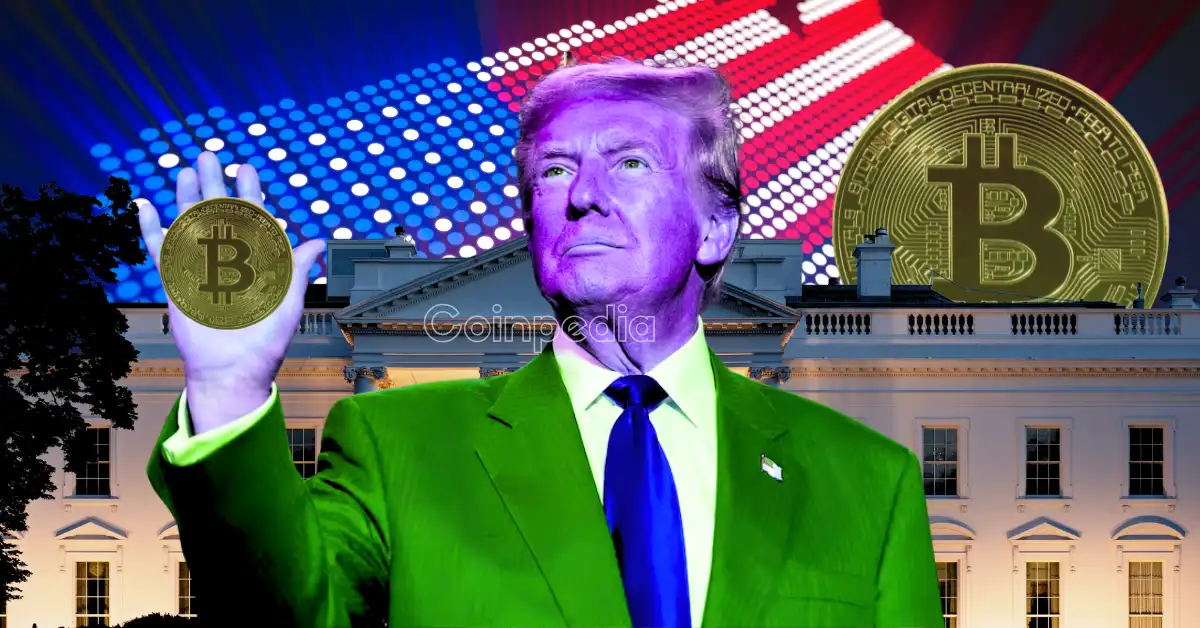
Since Donald Trump’s victory in the US presidential election, the government’s stance on cryptocurrency has shifted significantly. The Trump administration has introduced several pro-crypto policies, with the most notable being the creation of a US Crypto Strategic Reserve.
But how will it work, and what are the risks? Let’s break it down.
The US Crypto Strategic Reserve is a government-managed fund designed to hold Bitcoin and other cryptocurrencies, including Ethereum, XRP, Solana, and ADA.
This reserve is expected to help the country manage financial challenges like inflation and economic instability. It is also part of a larger effort to establish the US as a global leader in the cryptocurrency industry.
A key part of this initiative is the BITCOIN Act, a proposed bill that suggests purchasing at least one million Bitcoin over five years. The funding for this would come from Federal Reserve reallocations, meaning taxpayers wouldn’t have to foot the bill.
Several states have also announced plans to create their own cryptocurrency reserves, adding to the momentum behind this strategy.
The Trump administration has already taken steps to address major challenges in crypto regulation.
Despite government support, many economists remain unconvinced.
In a December 2024 survey of 40 top economists, only one believed the US Crypto Reserve would positively impact the economy.
Steven Rattner, CEO of Willett Advisors, was highly critical, calling the initiative “a waste of taxpayer dollars aimed at enriching the crypto industry.”
A major debate is whether the reserve should hold only Bitcoin or include other cryptocurrencies. Coinbase CEO Brian Armstrong believes the reserve should stick to Bitcoin, calling it the simplest and most similar to gold.
“The crypto reserve fund would be better off sticking to bitcoin, as it is the simplest and offers the clearest similarities to gold.”
Perianne Boring, CEO of the Digital Chamber, agrees, saying Bitcoin’s unique characteristics make it a stronger candidate for a national reserve asset than other cryptocurrencies.
“Bitcoin’s unique characteristics make it a stronger candidate for a national reserve asset compared to other cryptos.”
Critics argue that the reserve is more about political favors than economic strategy.
During the election, Trump’s campaign received massive donations from the crypto industry. Ripple alone contributed at least 49 million dollars to Fairshake, a pro-crypto political action committee that supported the Republican Party. The company also donated more than 5 million dollars to Trump’s inauguration fund.
Adding to the controversy, Ripple’s XRP is one of the cryptocurrencies expected to be included in the US Crypto Strategic Reserve. This has raised concerns about whether the project is being used to reward political donors.
The US Crypto Strategic Reserve is an ambitious and controversial plan. While supporters say it could strengthen the country’s position in the digital asset space, critics worry about its execution, economic impact, and political ties. The debate is just getting started.
Big week for crypto and a big one for regulation!The U.S is making fast decisions,…
The XRP price is currently trading just below its recent peak, consolidating after an aggressive…
Story Highlights The live price of Bore token is The Bora price could reach a…
Cryptocurrency markets are volatile, but the wild ride of meme coins has made them the…
The Ripple vs. SEC case is still not fully resolved. Although Ripple announced on June…
The ADA price has gained significant traction in recent days of July, driven by renewed…